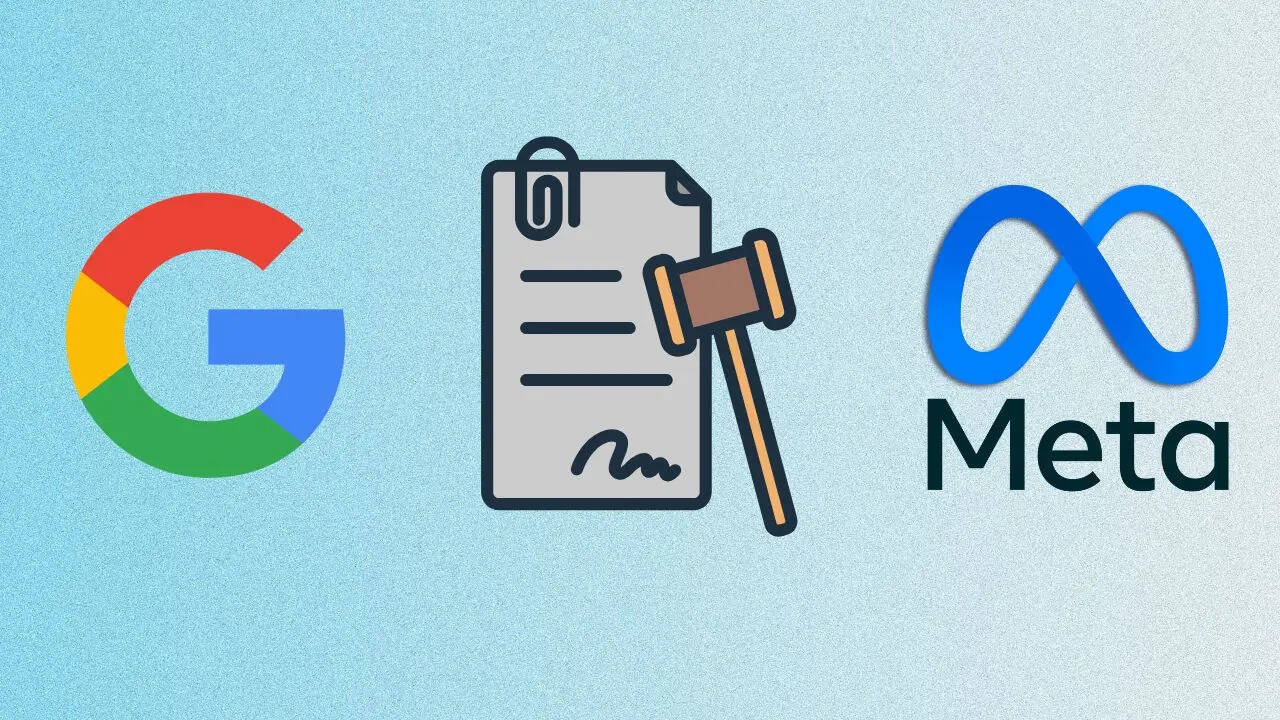Science
Google and Meta Face Scrutiny Over Illegal Betting Ads in India

The Enforcement Directorate (ED) has summoned representatives from both Google and Meta to appear on July 28, 2025, as part of an ongoing investigation into illegal online betting advertisements. This follows the companies’ previous request for additional time to present required legal documents during an earlier meeting. The ED’s inquiry targets how these platforms have facilitated surrogate advertising and the promotion of illegal betting apps, which have reportedly led to significant financial losses for users across various age groups.
The investigation reveals alarming statistics about the online betting landscape in India. Approximately 22 crore individuals use betting applications, with 11 crore classified as regular users. In the first quarter of 2025 alone, illegal betting websites received around 1.6 billion visits. The online betting market in India has ballooned to an estimated $100 billion, growing at a staggering annual rate of 30 percent. Additionally, these platforms are evading tax payments estimated at around ₹27,000 crore each year.
Impact of Illegal Betting on Society
The ramifications of these illegal betting practices extend beyond financial losses. The World Health Organization (WHO) recognizes gambling addiction as a mental disorder, associated with severe psychological impacts such as depression and stress. Tragically, reports indicate that thousands of individuals, including students and homemakers, have taken their own lives due to the pressures stemming from online betting losses. A public interest litigation filed in Telangana highlights that at least 1,023 suicides have been connected to this crisis, with a significant number occurring in the state itself.
The ED’s investigation is not limited to tech giants. Prominent Telugu actors involved in promotional campaigns for these betting applications have also been summoned to provide testimony. This action is part of a broader effort to hold accountable those who contribute to the proliferation of irresponsible advertisements that target vulnerable populations, particularly youth.
Calls for Stricter Advertising Regulations
There is a growing consensus that both Google and Meta have a responsibility to scrutinize the entities they authorize for advertising. Given the serious consequences of online betting in India, calls for stricter regulations on advertising practices are intensifying. The current landscape raises significant ethical concerns, as algorithms used by these platforms often exploit the vulnerabilities of young users, leading to addictive behaviors that can dismantle lives.
As the ED continues its investigation, the future of advertising for betting applications hangs in the balance. The actions taken by regulatory authorities may set a precedent for how digital platforms manage content and advertisements, particularly in markets where the impact of gambling is profound and far-reaching.
-

 World5 months ago
World5 months agoSBI Announces QIP Floor Price at ₹811.05 Per Share
-

 Lifestyle5 months ago
Lifestyle5 months agoCept Unveils ₹3.1 Crore Urban Mobility Plan for Sustainable Growth
-

 Science4 months ago
Science4 months agoNew Blood Group Discovered in South Indian Woman at Rotary Centre
-

 World5 months ago
World5 months agoTorrential Rains Cause Flash Flooding in New York and New Jersey
-

 Top Stories5 months ago
Top Stories5 months agoKonkani Cultural Organisation to Host Pearl Jubilee in Abu Dhabi
-

 Sports4 months ago
Sports4 months agoBroad Advocates for Bowling Change Ahead of Final Test Against India
-

 Science5 months ago
Science5 months agoNothing Headphone 1 Review: A Bold Contender in Audio Design
-

 Top Stories5 months ago
Top Stories5 months agoAir India Crash Investigation Highlights Boeing Fuel Switch Concerns
-

 Business5 months ago
Business5 months agoIndian Stock Market Rebounds: Sensex and Nifty Rise After Four-Day Decline
-

 Sports4 months ago
Sports4 months agoCristian Totti Retires at 19: Pressure of Fame Takes Toll
-

 Politics5 months ago
Politics5 months agoAbandoned Doberman Finds New Home After Journey to Prague
-

 Top Stories5 months ago
Top Stories5 months agoPatna Bank Manager Abhishek Varun Found Dead in Well









